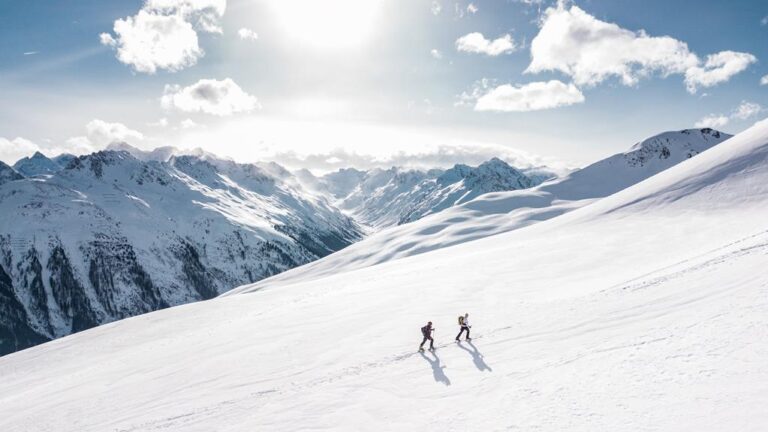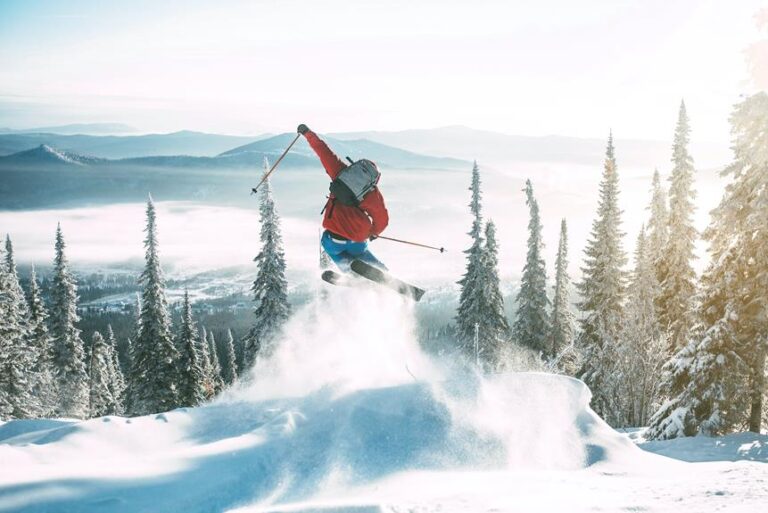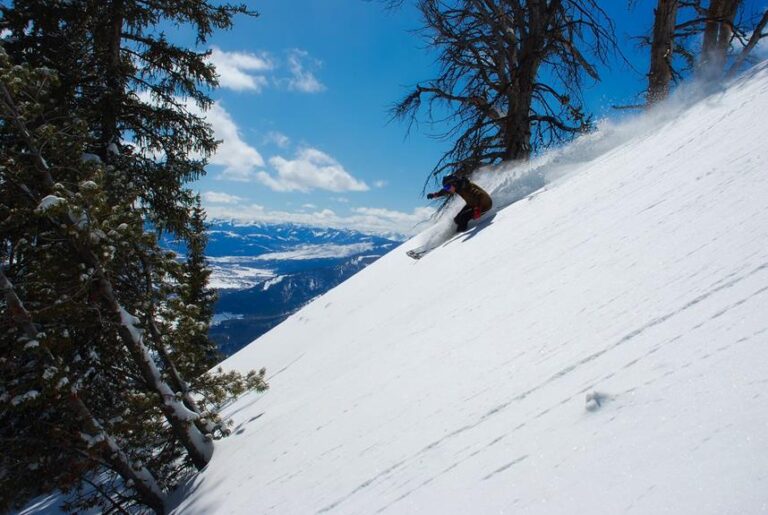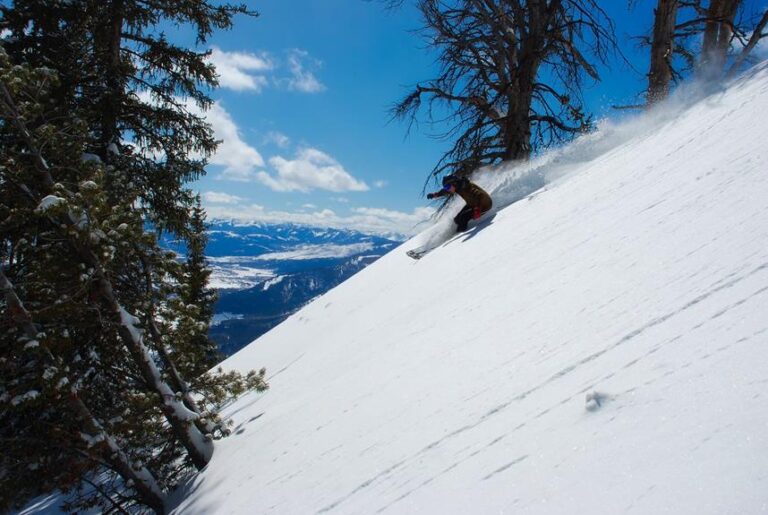Mens Vs Womens Skis – Hidden Gems Uncovered
Are you curious about the differences between men's and women's skis? Wondering if there is really a need for separate skis based on gender? Well, let me tell you, the world of skiing is not as gender-neutral as it might seem.
There are distinct variations in the construction, design, and performance characteristics of men's and women's skis. From the length and weight to the width and balance, these differences aim to optimize the skiing experience for each gender.
So, before you hit the slopes, it's essential to understand the nuances and choose the right ski that suits your style.
But hold on, there's more to it. Stay tuned to discover the secrets behind men's vs. women's skis and how they can elevate your skiing game.
Ski Construction: How They Differ
When it comes to ski construction, men's and women's skis differ in various ways. Women's skis are designed specifically for women, taking into consideration their average weight, height, and skiing style. One key difference is in the adjustments made to power distribution. Women's skis often have a slightly more forward mount point, allowing for easier turn initiation and better control. This adjustment is based on the lower center of gravity that women typically have compared to men.
Another difference lies in binding placement. Women's skis tend to have bindings mounted slightly forward compared to men's skis. This helps women maintain balance and control, especially when making quick turns or navigating challenging terrain.
Additionally, the amount of metal used in the construction of women's skis may differ from that of men's skis. Women's skis often have less metal, making them lighter and more maneuverable. This lighter construction allows women to have better control and agility on the slopes.
It's important to note that women-specific skis are designed to provide a better skiing experience for women. These skis take into account factors such as weight, size, and construction, going beyond just graphics. Women-specific skis offer a tailored design that enhances performance and enjoyment on the slopes.
Design Features: Men's Vs. Women's Skis
Men's and women's skis differ in their design features, catering to the unique needs and preferences of each gender on the slopes. Here are some key design differences you can expect to find:
- Women's Specific Construction: Women's skis may have a different construction than men's skis. This includes variations in the materials used and the way those materials are layered, allowing for a more tailored skiing experience for women.
- Lower Center of Gravity: Women's skis often incorporate a design feature that shifts a woman's lower center of gravity forward. This not only enhances balance and control but also helps women maintain stability on the slopes.
- Forward Mount: Women's skis may have a forward mount, meaning the binding is positioned slightly forward compared to men's skis. This helps women initiate turns more easily and allows for better maneuverability on the mountain.
- Women's Version: Many ski manufacturers offer women's versions of their skis, specifically designed to accommodate women's physical characteristics and skiing style. These skis may have a narrower width underfoot, making it easier for women to engage the edges and carve turns with precision.
Performance Characteristics: A Comparison
Now let's take a closer look at how the performance characteristics of men's and women's skis compare, building off the design features we just discussed.
Women's skis are specifically designed to cater to the needs and abilities of women on the slopes. One noticeable difference is that women's skis are generally lighter and shorter compared to men's skis. This is because women, on average, have a lower weight and height than men. Manufacturers also make adjustments to the construction of women's skis, reducing or eliminating the amount of metal to make them lighter and easier to flex. The dimensions of women's skis are also adjusted to suit their needs, including changes in the center of gravity and binding placement.
Another performance characteristic that differs between men's and women's skis is the width, especially in fat skis. Women's skis often have a narrower width underfoot, which enhances their performance on the slopes. Additionally, women's skis may incorporate a ramp angle to shift a woman's lower center of gravity forward. This allows for better balance and control while skiing.
It's important to note that while there are specific women's skis, there are also unisex skis available that can cater to a wider range of skiers. These unisex skis aim to provide a balanced and versatile performance for both men and women.
Choosing the Right Ski for Your Style
To ensure an optimal skiing experience, it's important to choose the right ski that matches your individual style on the slopes. When selecting between men's and women's skis, consider your personal preferences, ski stiffness, and desired performance. Here are four key factors to consider when choosing the right ski for your style:
- Weight and height differences:
- Men's and women's skis are designed with different weight and height considerations.
- Women's skis are typically lighter to allow for easier flexing.
- Men's skis may have a slightly more forward mount point.
- Ski width and construction:
- The width and construction of the ski can greatly influence its performance on the slopes.
- Women's skis often have a narrower width and softer flex.
- This makes them more maneuverable and responsive.
- Power distribution:
- The distribution of power throughout the ski varies between men's and women's skis.
- Women-specific skis are designed to provide a better skiing experience by considering women's physical characteristics and skiing style.
- Personal preferences:
- Ultimately, choosing the right ski for your style also comes down to your personal preferences.
- Consider factors such as ski stiffness, performance, and your skiing style to find the perfect match.
Tips for Women Considering Men's Skis
Considering switching to men's skis? Here are some tips for women looking to make the transition.
When considering men's skis, it's important to pay attention to the weight and length. Women typically prefer shorter and lighter skis compared to men. So, make sure to choose a ski that's appropriate for your body size and strength.
Another factor to consider is the power distribution and construction of the skis. Women's skiing has a different center of gravity compared to men's, so look for skis that can accommodate for this difference.
The width of the skis is also something to consider. Women's skis may have narrower widths underfoot, providing better performance for their body size. Additionally, take into account the ramp angle of the skis. Some manufacturers incorporate a forward ramp angle in women's skis to enhance balance and control. This can be beneficial for women skiers.
While considering men's skis, keep in mind the benefits of women-specific skis. These skis are designed with input from women athletes and industry professionals. They're specifically tailored to suit the needs and preferences of women skiers. So, don't hesitate to explore women-specific skis if they align with your skiing style and goals.
Frequently Asked Questions
Is There Really a Difference Between Mens and Womens Skis?
Yes, there is a difference between men's and women's skis. Women's skis are designed with specific variations in their performance, design, and tailored features to ensure user comfort. These differences are not just marketing strategies, but practical considerations.
Is There a Difference Between Mens and Womens Ski Bindings?
Yes, there is a difference between men's and women's ski bindings. Ski binding compatibility is crucial for performance. Adjustability options allow for proper adjustment, improving balance and control. Gender-specific ski bindings cater to women's physical characteristics, enhancing their skiing experience.
What's the Difference Between Mens and Womens Ski Boots?
When it comes to ski boots, there are differences between men's and women's options. Women's boots often have sizing variations, design features, flex and stiffness levels, comfort and fit, and performance differences tailored to their needs.
Can a Man Wear a Womens Ski Boot?
Yes, you can wear a women's ski boot if it fits well and provides the support you need. Gender-neutral ski gear options prioritize fit and performance, so consider trying different options to find the right boot for your foot shape.
Conclusion
So, when it comes to choosing skis, it's important to consider your gender and specific needs.
Men's and women's skis have distinct differences in length, weight, construction, width, ramp angle, and balance.
Women's skis are designed to cater to their physical characteristics and skiing style, with features like shorter length, lighter weight, and narrower width.
By selecting the right ski for your style, you can enhance your skiing experience and enjoy better control and performance on the slopes.






